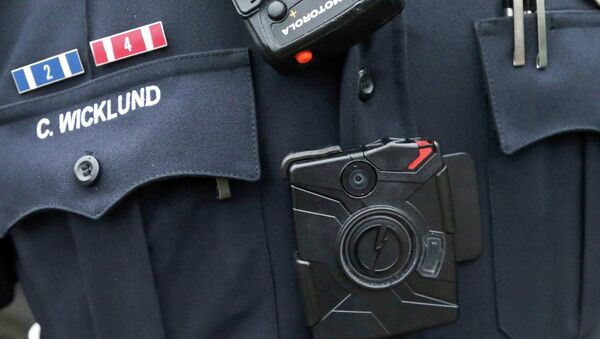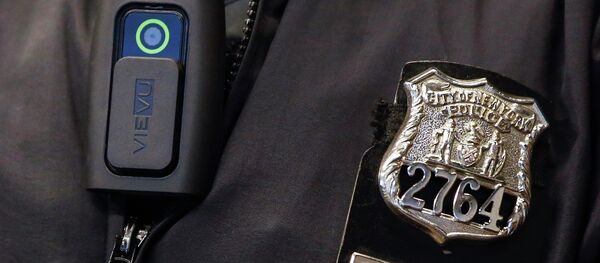“If we’re going to write a report, this is going to provide a lot more detail than what we’ve been used to in the past, particularly when it comes to uses of force,” Jason Pappas, president of the Fraternal Order of Police Local No. 9, told the paper.
Critics of the policy maintain that allowing officers to review the footage will allow them to fabricate stories that will work with what is, or is not, shown.
Included among those critics is the American Civil Liberties Union, who has stated that by allowing officers to view videos, and therefore figure out what details were not picked up, they will be able to leave important information out of their reports.
The police chief’s argument primarily revolves around the notion that police must simply be trusted, a tall order considering the drubbing that trust has taken recently, after a string of high-profile killings by officers have been caught on video and posted online.
“We’re hoping that (the camera) captures all enforcement that we can,” Deputy Chief Mike Woods told the paper. “That’s our first goal out of that. We’re going to rely on our officers and our supervisors. We trust them to do the right thing.”
Under the policy, officers will be required to turn on their camera any time an officer is using force or making an arrest, and they could be subject to disciplinary action if they fail to do so.
Under the terms of the agreement, the department will be required to alert officers and the union before they release any body camera footage to the public.
The department plans to equip their officers with body cameras by the end of the year.




